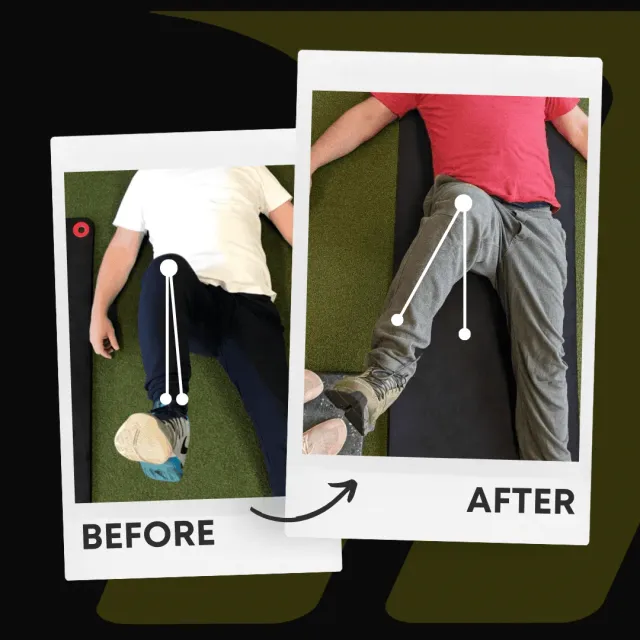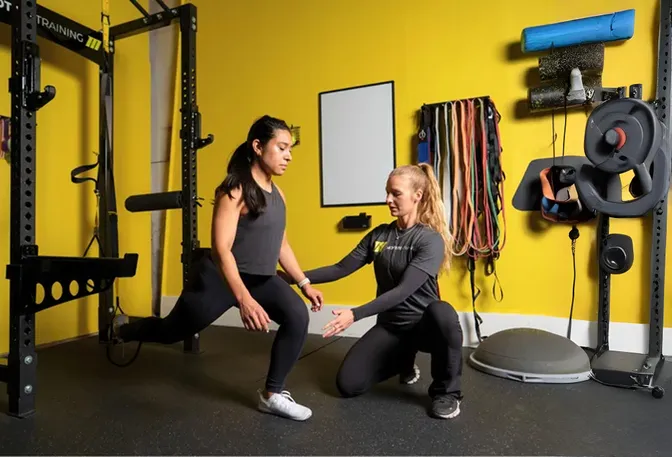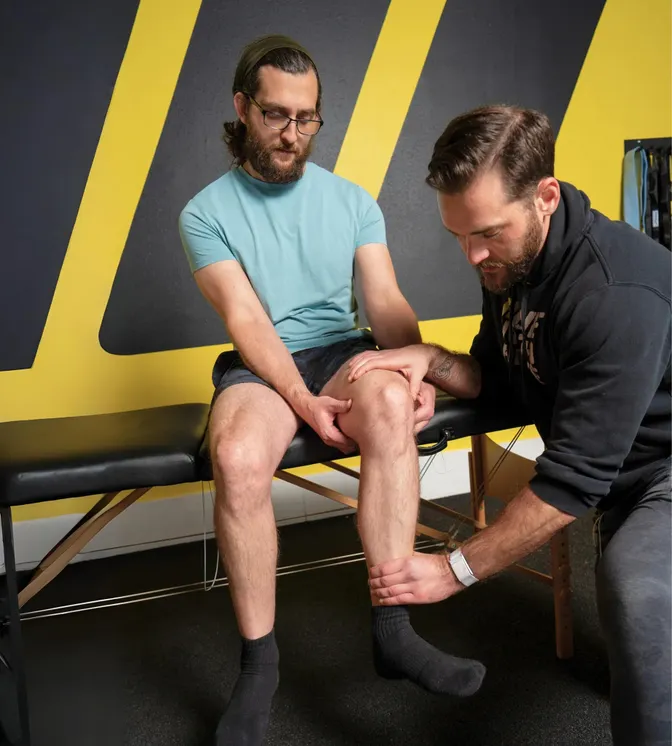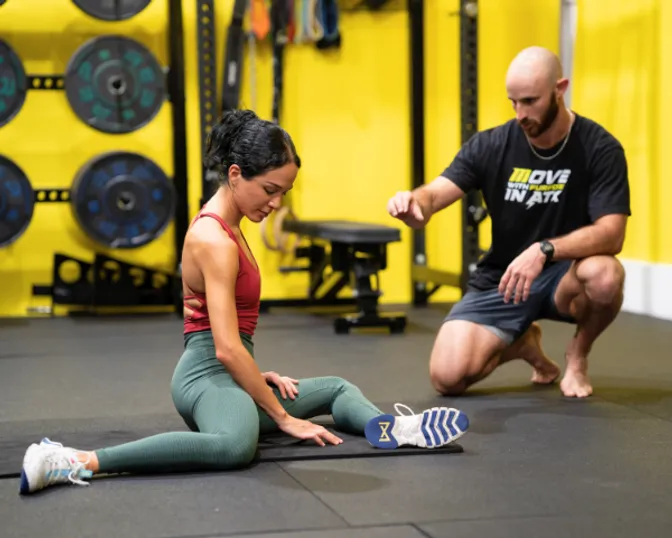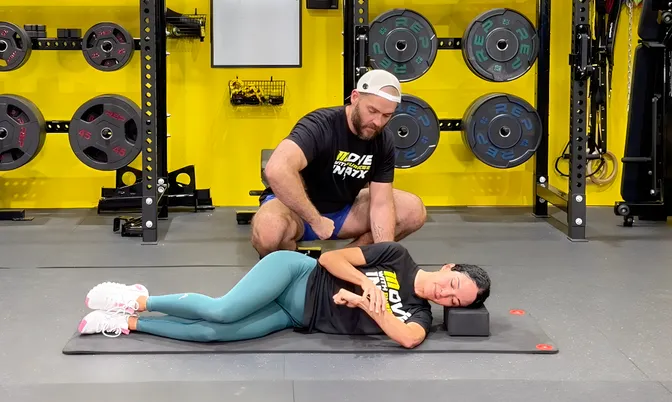The Importance of Assessments: Understanding the Functional Mobility Assessment in Austin
May 18, 2025 | Assessments
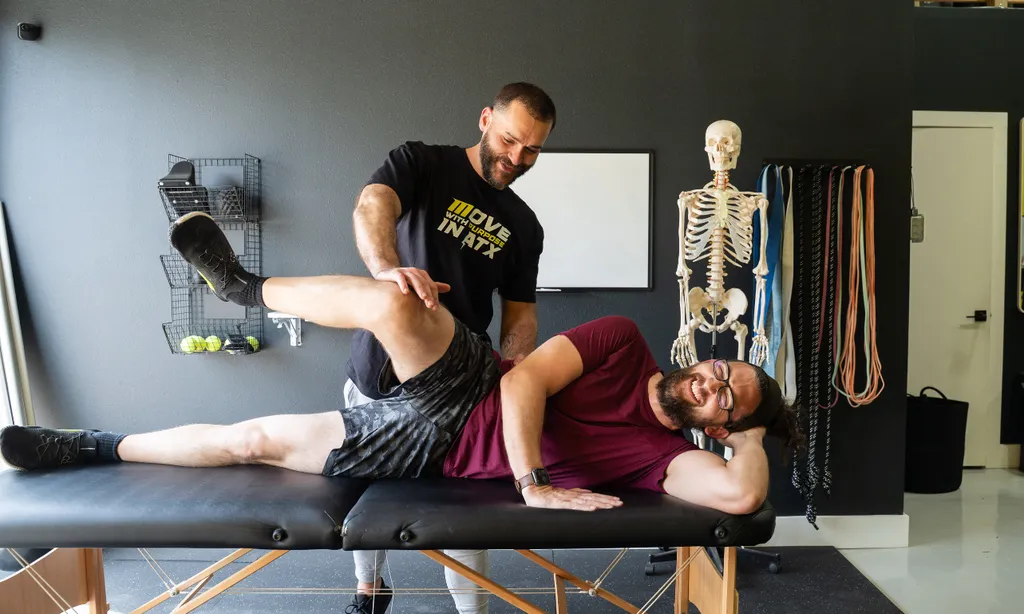
Most people start training with a simple goal: feel better, move better, get stronger. But without a clear understanding of where you’re starting, it’s easy to get off track, or worse, build on dysfunction. That’s why assessments are the backbone of everything we do at Motive Training.
In the world of mobility, joint health, and performance, no tool is more precise than the Functional Range Assessment (FRA). It allows us to see the full picture before we touch a single weight or prescribe a single stretch.
If you’re looking for functional mobility assessment options in Austin, here’s why the FRA stands out—and why starting your journey with a proper assessment changes everything.
Introduction to Assessments in Healthcare and Fitness
Assessments are the foundation of effective care, whether you’re working with a doctor, a physical therapist, or a personal trainer. In fitness, however, assessments are often rushed or skipped entirely. You fill out a questionnaire, maybe do a few squats, and the training begins.
But mobility isn’t that simple. A body is a system of joints, tissues, and movement habits shaped by years of stress, injury, and compensation. If your shoulder hurts, the cause might not be your shoulder. If your squat feels tight, the issue could be your hips, ankles, or both.
Assessments help us identify what’s working, what’s not, and where to intervene. In Austin, where our community is active, driven, and diverse in its goals, a generic program just won’t cut it.
That’s why we rely on the Functional Range Assessment. It helps us map your body like a skilled mechanic inspects an engine, joint by joint, inch by inch, before trying to make improvements.
Understanding the Functional Range Assessment
What is the Functional Range Assessment?
The Functional Range Assessment (FRA) is a comprehensive joint-by-joint screening tool developed by the creators of Functional Range Conditioning (FRC). It evaluates your passive and active ranges of motion to determine how much control you have at each joint and where your limitations lie.
Unlike traditional movement screens, which might focus on general patterns (like a squat or lunge), the FRA breaks things down into isolated components. It asks:
- How much range do you own at each joint?
- Are you compensating during basic movements?
- Which joints are underperforming, and which are overworked because of it?
We use tools like goniometers, visual feedback, and strength testing at specific end ranges to paint a detailed picture. This isn’t just about identifying pain points—it’s about finding opportunities to improve the way you move and feel every day.
Key Components of the FRA
The assessment includes:
- Passive Range Testing: We measure how far a joint can move when assisted, identifying structural limitations.
- Active Range Testing: We then test how far you can move it under your own control—this reveals neuromuscular control and usable mobility.
- Capsular Integrity Checks: These test the deep tissues that support joint stability (where most people are weakest).
- Compensation Patterns: We watch for how the rest of your body reacts when one joint can’t do its job.
- Movement Variability: We look at how easily you transition from one range to another—stiffness or asymmetry here often leads to pain or dysfunction.
By the end of your FRA, we’ll know exactly what to train and how to sequence it—no guesswork.
The Importance of Functional Mobility Assessments in Austin
Enhancing Care Through Assessments
Austin has a high standard when it comes to health, fitness, and performance. Our clients range from weekend warriors to tech professionals who want to stay active despite demanding desk jobs. No matter the goal, assessments raise the bar.
Functional mobility assessments like the FRA give us insight into the why behind movement issues. Instead of treating symptoms (like tight hamstrings), we address the root cause (perhaps limited hip rotation or lumbar instability).
This allows us to deliver training that’s not only safer, but smarter.
Tailoring Rehab and Training Programs
One-size-fits-all programming might look good online, but it fails in real life, especially after injury.
At Motive Training, we use the FRA to tailor everything. For instance:
- A runner with recurring shin splints might actually need ankle dorsiflexion work.
- A lifter with back pain may benefit more from thoracic spine training than from more core bracing drills.
Our FRA sessions allow us to create a plan that prioritizes the areas with the most opportunity, trains the right tissues in the right order, and evolves over time based on progress.
If you’re in Austin and want your program to actually reflect your body, this is the way we make that happen.
The Role of Assessments in Evidence-Based Practice
Integrating Research into Assessment Techniques
Modern movement science emphasizes specificity—specific inputs for specific problems. The FRA aligns with this philosophy. It’s rooted in biomechanics, joint function, and the principle of progressive overload for connective tissue, not just muscle.
We’re not guessing or going by “feel.” We assess, intervene, and then reassess based on what the data shows.
This makes it easier to:
- Prevent injury through prehab-style training
- Track mobility adaptations over time
- Measure actual improvements—not just perceived ones
It also bridges the gap between therapy and performance, making the FRA ideal for post-rehab clients or those looking to stay pain-free while training hard.
Monitoring Progress and Outcomes
One of the most overlooked parts of training is knowing whether your program is actually working.
With the FRA, we revisit key metrics every 4-6 weeks and compare new results to your original assessment. That might mean:
- Increased active hip flexion (more depth in squats)
- Improved shoulder rotation (safer pressing)
- Better spine articulation (less stiffness, more fluid movement)
This objective tracking not only helps your coach—it helps you stay motivated. You’ll see and feel your progress in black and white.
Best Practices for Conducting Functional Mobility Assessments
Standardizing the Process
Consistency matters. At Motive Training, all trainers are taught to follow the same FRA process so that every client receives a high-standard assessment, regardless of who they work with.
This includes:
- Using the same tools and techniques for measurement
- Documenting results in shared platforms
- Collaborating as a team to review complex cases
Standardization ensures that your results are valid and your progress is trackable over time, even if you switch trainers or adjust your training schedule.
Engaging Clients in the Process
We don’t just tell you what’s wrong—we show you.
During the assessment, you’ll learn how your joints move (or don’t), where your body compensates, and what that means for your goals. We’ll film certain movements, use visual references, and explain what each result actually means.
This makes the process collaborative, not prescriptive. You’ll walk away with a deeper understanding of how your body works—and how to improve it.
Conclusion: The Future of Functional Range Assessments in Austin
Mobility and joint health are no longer fringe concepts—they’re central to long-term fitness and performance. And in a city like Austin, where people care deeply about their health, their training, and their longevity, assessments like the FRA are becoming non-negotiable.
It’s not enough to train hard. You need to train smart, and that starts with knowing where you’re starting from.
If you’re dealing with pain, limitations, or plateaus in your training, a Functional Range Assessment can help you reset the foundation. And if you’re looking for mobility training in Austin that’s built on science, structure, and real-world experience, we’re ready to help.
Book an assessment with a coach at Motive Training and find out what your body has been trying to tell you.
Written by
Brian Murray, FRA, FRSC
Founder of Motive Training
We’ll teach you how to move with purpose so you can lead a healthy, strong, and pain-free life. Our headquarters are in Austin, TX, but you can work with us online by signing up for KINSTRETCH Online or digging deep into one of our Motive Mobility Blueprints.
